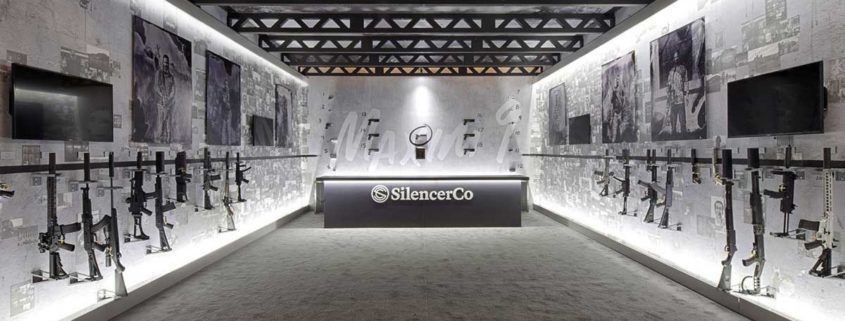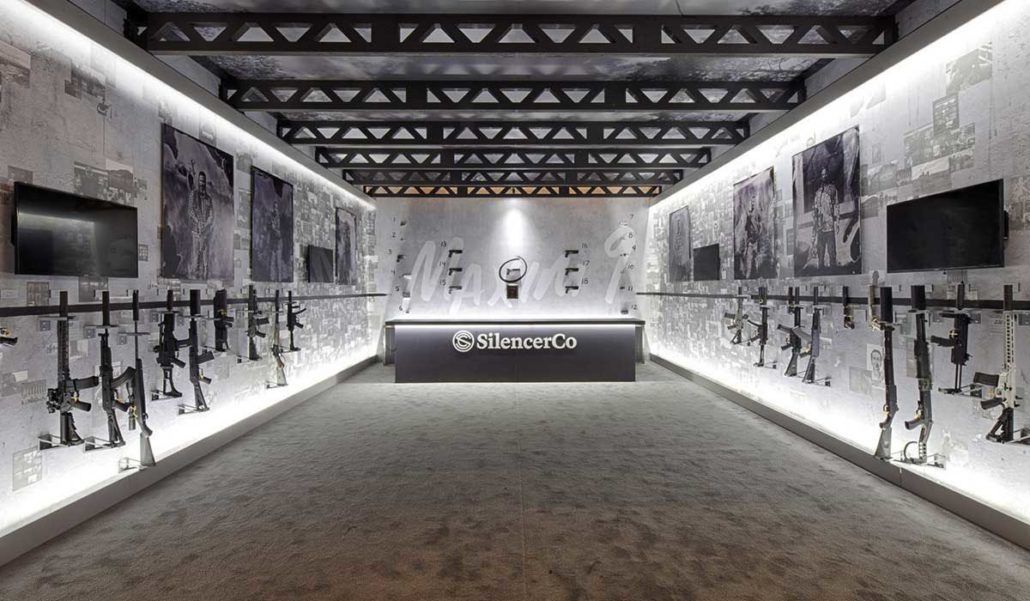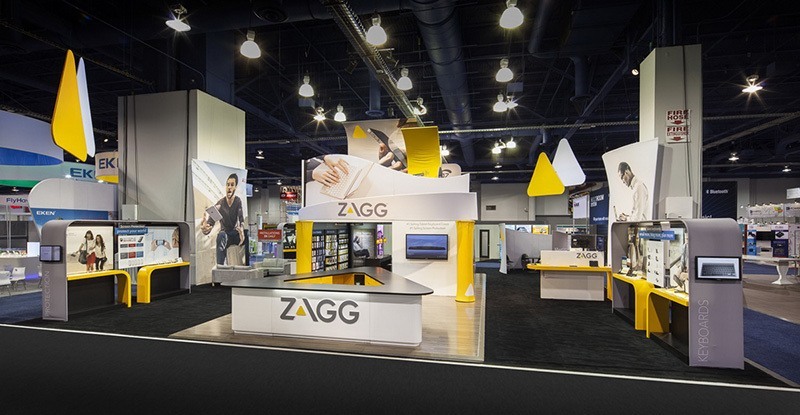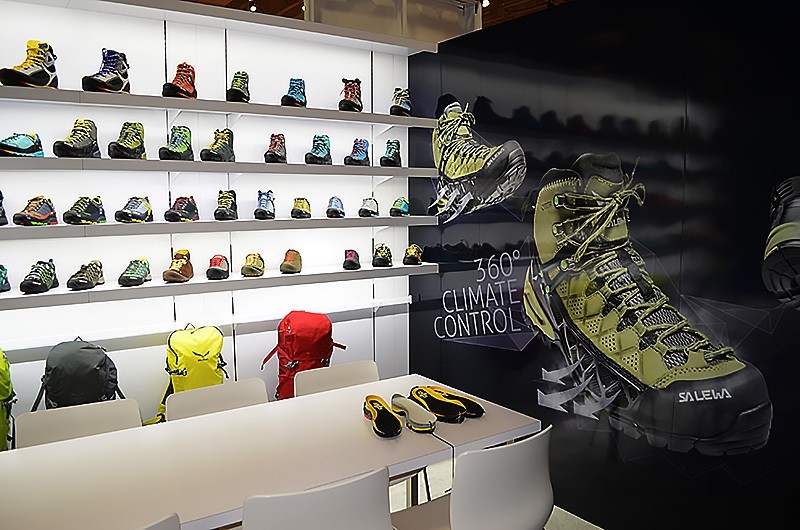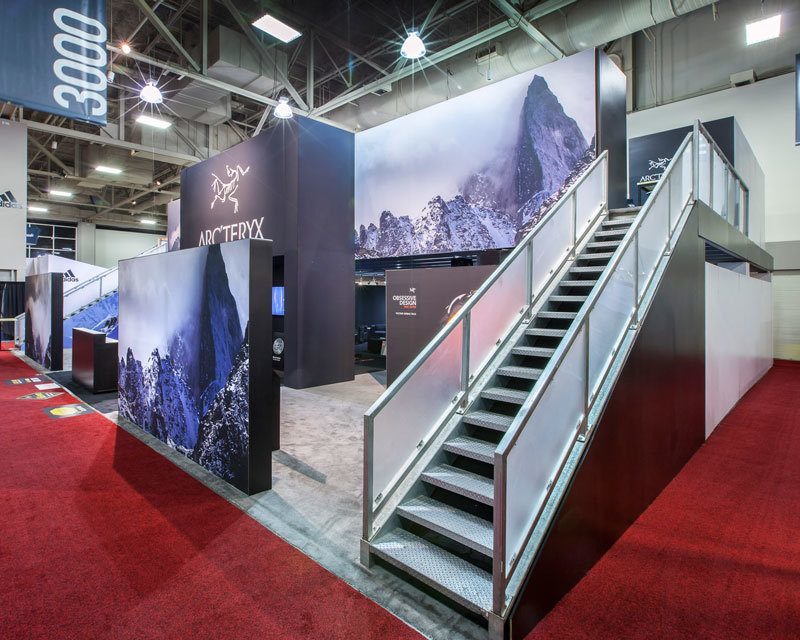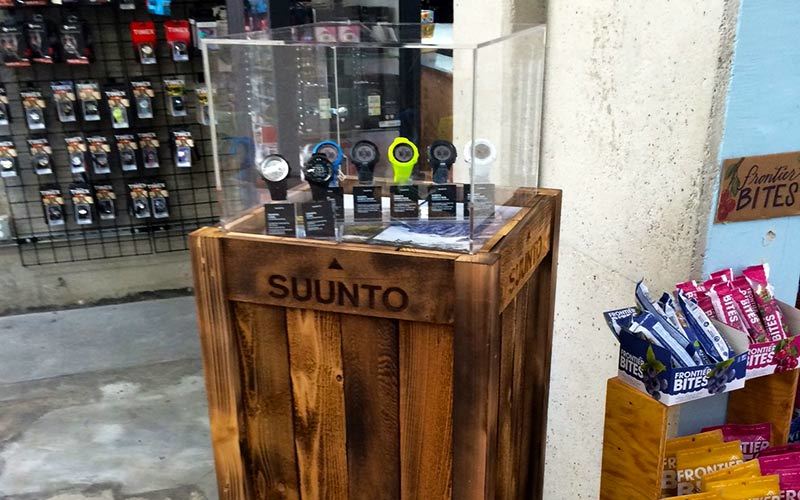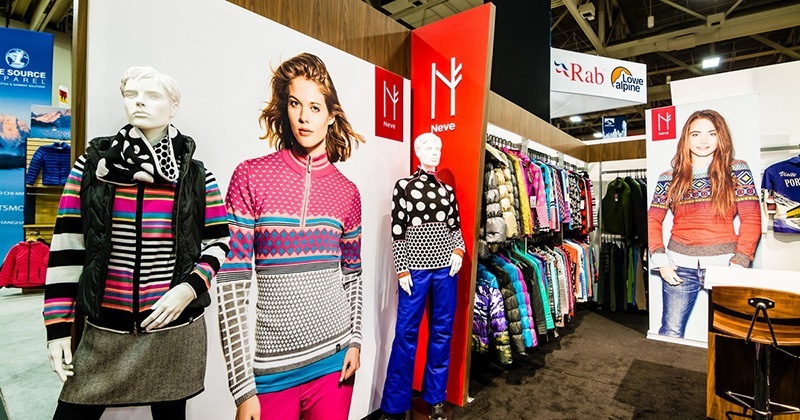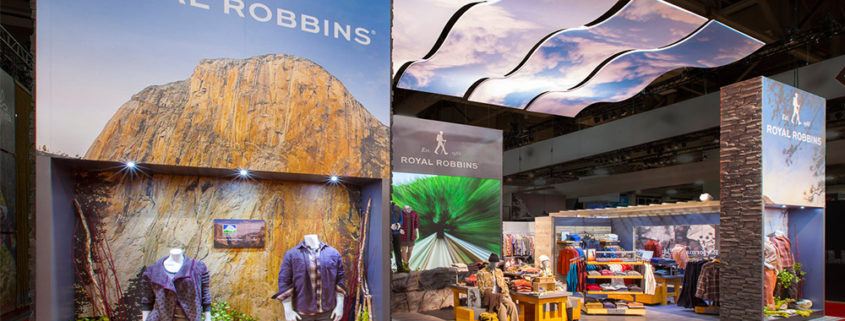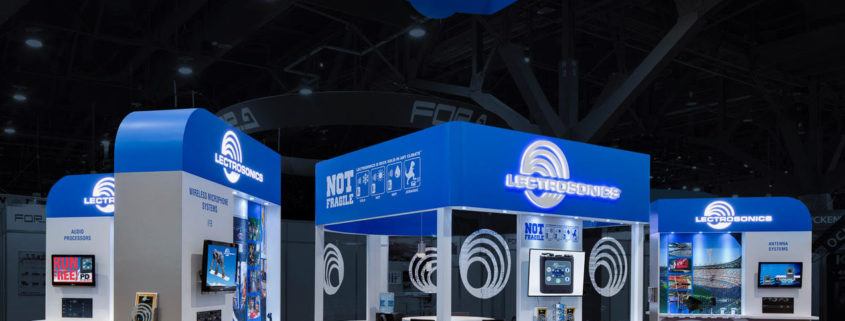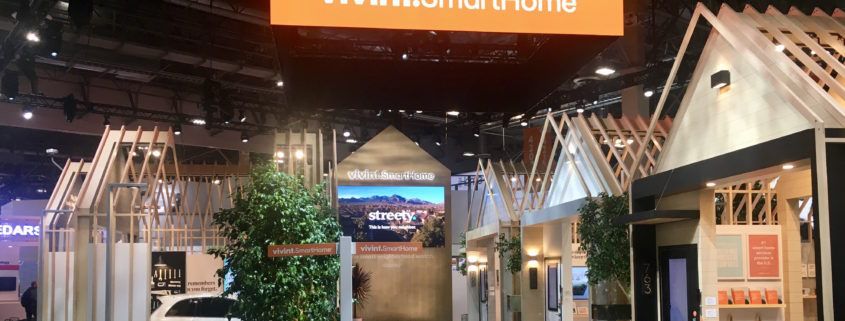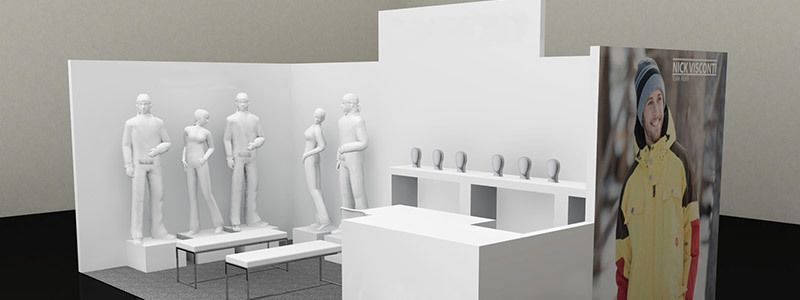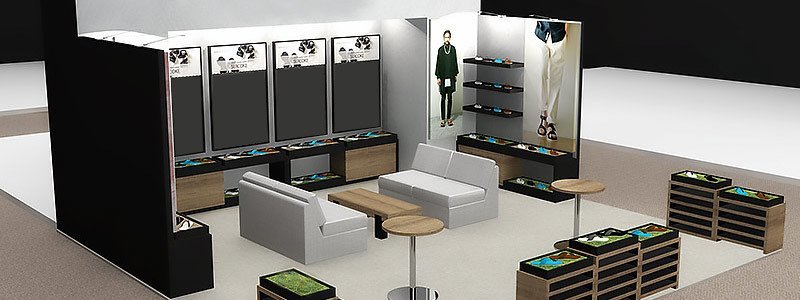Create the Best Trade Show Booth Design
Creating the best trade show booth design is no small task — there’s a lot to keep in mind. What do you want people to feel when they first walk into your booth? Should they feel cozy and enclosed, or open and free? Do you want to have an on-site meeting space, or will you have a conference room reserved elsewhere? In this article, we’ll take a look at these and other considerations to take into account when creating the best trade show booth design.
Enclosed vs. Open
There are two main types of booth designs: enclosed and open. This is one of the first design element decisions you’ll need to make, and it’s a big one! This will determine the overall feeling of your booth and what the client experiences when they first step into your floor space. We’ll take a look at two trade show booth examples to show you the potential benefits of each style.
Here we see an enclosed trade show booth by mackenzie EXHIBIT. This particular design won the Best Booth Award at SHOT Show, and it’s easy to see why. This was considered the best trade show booth design because it completely altered the attendee’s experience from the moment they entered the space. All experiential elements were controlled, from the lighting to the flow to the flooring underfoot. An enclosed booth design allows you to create a completely custom experience regardless of the exhibit hall your booth space is located in. This design also ensured that all focus was solely on the products that were displayed — no focus was lost on neighboring booths, loud passersby, or any other distractions.
On the opposite end of the spectrum is this ZAGG booth design. The objective here was to create a free-flowing space that allowed the attendee to explore at their own pace and leisure. It welcomed flow-through from various angles and had several “pods” of product display spaces, which in turn allowed potential customers to take their time and feel like they had the space to interact with the booth as they liked. The separate counter spaces and open design also enabled ZAGG sales team members to have focused product showcase areas where they could give undivided attention to potential customers.
Enclosed and open booth designs yield very different attendee experiences. Think through the vibe of your company and the experience you want your customers to have before deciding which one of these great design styles to go with.
Meeting Spaces
The trade show floor can be a busy, noisy, and bustling place. Trying to have an important meeting while standing in the aisles is nearly impossible, not to mention unprofessional. It’s crucial to have space for your sales team and product managers to meet with clients and end users, which is why the best trade show booth design should include a dedicated meeting space.
Salewa opted for a meeting space that pulled double duty as both a product display area and an out-of-the-way spot to have focused discussions. Thanks to some clever brainstorming, they also managed to include a backlit wall in their product display which gave the space a warm ambient glow. A meeting space that is adjacent to a product display allows you to easily grab specific products and replace them once the meeting is over, keeping things efficient and effective. A space like this one also clearly says “this is a spot for business” and doesn’t really invite people to loiter around, which helps to keep your day moving along smoothly.
If your booth space has the room for it, adding a second-story meeting area is a great way to preserve the first floor for product displays while still having plenty of room to meet with clients. A second-story meeting space has a very grand presence about it, which also helps to elevate the perception of your brand as a major player. This type of meeting area feels more like a lounge space and invites people to take a break from the show floor, which is perfect if you want to create a relaxing place to have sit-down discussions. Just be sure to double check the fire codes and exhibit hall guidelines to make sure you’re allowed to build a booth of this height in your particular space.
Product Displays
Product displays can be as unique and varied as the products they contain. Do you want to replicate an in-store shopping experience? Are your products small and expensive and need to be secured? Versatile trade show booth design companies like mackenzie EXHIBIT can craft a product display to suit your exact needs.
Suunto watches are in-demand, have a higher price point, and are very portable — all of this combines to make them something that can easily “walk away” during a busy trade show. To cut down on the risk of product loss during the show, Suunto opted for a product display case that fully enclosed the products while still clearly showcasing them at every angle. A standalone case such as this one can be easily incorporated into any trade show booth design and allows attendees to get a great look at your products without sticky fingers becoming an issue.
Neve clothing wanted a product display that pulled double duty — they needed to show their products on mannequins while also creating an in-store vibe with their booth space. For all wearables, it’s crucial to show various ways in which a customer can use the products while also allowing potential clients to browse through a large volume of items. Displaying everything on mannequins isn’t an efficient use of space, so here we combined the mannequin method with an on-the-rack display to simulate a shopping experience. This product display allowed for the greatest use of space while still effectively showcasing a wide range of designs.
Creating the Best Trade Show Booth Design
There isn’t a single cookie cutter answer for how to create the best trade show booth design — it all comes down to your company’s booth space, product requirements, and, most importantly, how you want attendees to feel when they enter your booth. Luckily, by teaming up with an experienced trade show booth design company such as mackenzie EXHIBIT, you’ll have access to decades of experience in best practices for how to create a stunning booth display.
To make sure you’ve crossed the t’s and dotted the i’s on your trade show booth design, head over to our article about the Top 5 Most Overlooked (But Crucial) Booth Elements.
Ready to get started or have some more detailed questions on the booth design process? Give us a call at 801-621-7500 or email us here.

